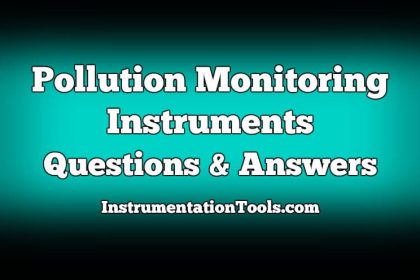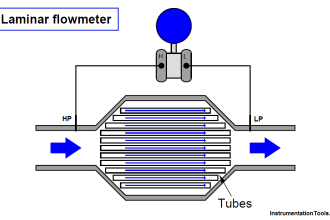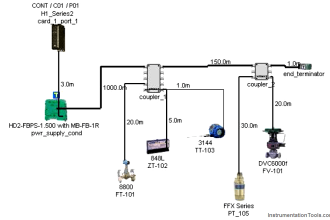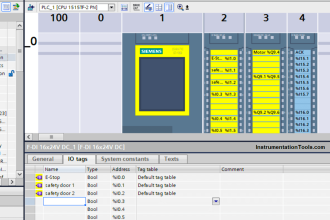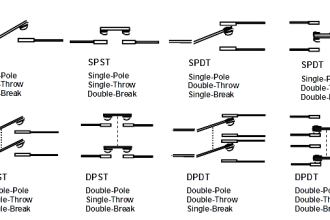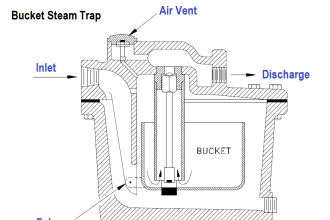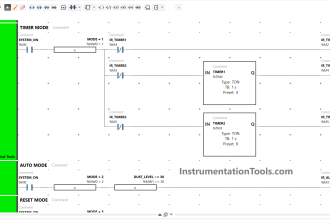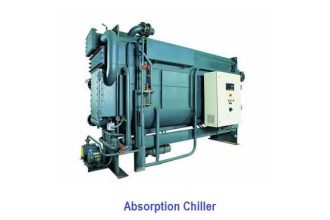Surface Spectroscopic Techniques
1. Surface is usually more than _____ atomic layer deep and is a region of ________ atomic potentials.
a) One, uniform
b) One, non-uniform
b) Two, uniform
d) Two, non-uniform
Answer: b
Explanation: Surface is more than one atomic layer deep and is a region of non-uniform atomic potentials. The outermost layer of atoms is called as surface.
2. Surface analysis can provide information that classic methods like microscopic cannot.
a) True
b) False
Answer: a
Explanation: Surface analysis can provide information that classic methods like microscopic cannot. It is better than reflectivity, adsorption isotherms, etc.
3. In surface spectrometer, which of the following beam is analysed?
a) Reflected beam
b) Absorbed beam
c) Refracted beam
d) Incident beam
Answer: a
Explanation: When a beam is focussed on a surface, one beam enters the material and a second beam is reflected. The reflected beam is analysed.
4. Which of the following is a type of electron spectroscopy?
a) MIKES
b) Auger spectroscopy
c) Secondary ion mass spectroscopy
d) Ion scattering spectroscopy
Answer: b
Explanation: Auger spectroscopy is a type of electron spectroscopy. Electron spectroscopy for chemical analysis is also a type of electron spectroscopy.
5. Surface analysis cannot provide any chemical information directly.
a) True
b) False
Answer: b
Explanation: Surface analysis can provide chemical information. Electron and ion spectroscopic techniques are types of surface analysis.
6. Which of the following is also known as X-ray photoelectron spectroscopy?
a) Auger electron spectroscopy
b) Electron impact spectroscopy
c) Electron spectroscopy for chemical analysis
d) Secondary ion mass spectroscopy
Answer: c
Explanation: Electron spectroscopy for chemical analysis is also known as X-ray photoelectron spectroscopy. It is an effective technique for detecting the elements.
7. Which of the following methods utilizes the emission of low energy electrons in a process?
a) Auger electron spectroscopy
b) Electron impact spectroscopy
c) Electron spectroscopy for chemical analysis
d) Secondary ion mass spectroscopy
Answer: a
Explanation: Auger electron spectroscopy utilizes the emission of low energy electrons in auger process. It is one of the commonly employed techniques.
8. Which of the following is the abbreviation of ESCA?
a) Electron scattering chemical analysis
b) Emission spectroscopy combination analysis
c) Electron spectroscopy for chemical analysis
d) Electron spectrum chemically analysed
Answer: c
Explanation: The abbreviation of ESCA is Electron spectroscopy for chemical analysis. It is a type of electron spectroscopy.
9. Which of the following methods use soft X-rays to eject electrons from inner shell orbitals?
a) Auger electron spectroscopy
b) Electron impact spectroscopy
c) Electron spectroscopy for chemical analysis
d) Secondary ion mass spectroscopy
Answer: c
Explanation: Electron spectroscopy for chemical analysis use soft X-rays to eject electrons from inner shell orbitals. It is a type of electron spectroscopy.
10. Which of the following is the abbreviation of SIMS?
a) Secondary ion mass spectroscopy
b) Spectrum ionization mass spectroscopy
c) Scattering ions mass spectroscopy
d) Spectral ionization mass spectroscopy
Answer: a
Explanation: Secondary ion mass spectroscopy is the abbreviation of SIMS. It is a type of ion spectroscopy.
